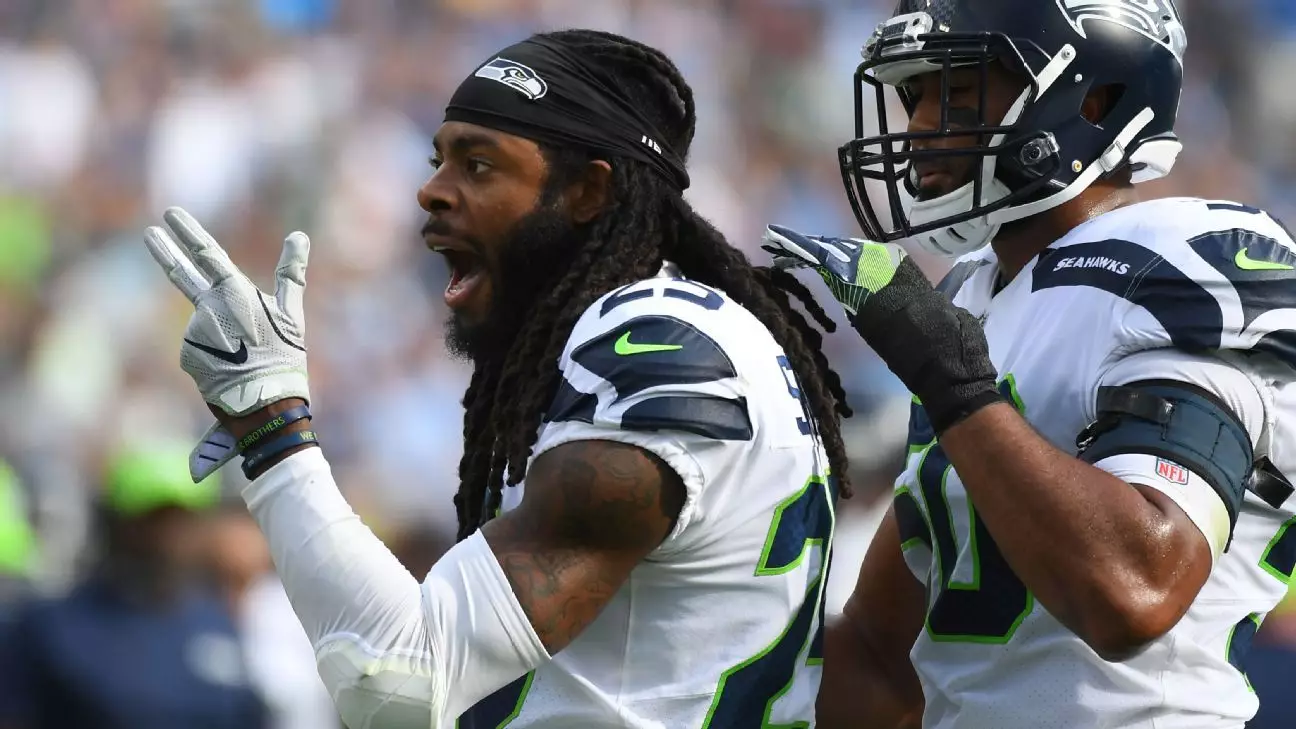In recent months, there has been a worrying trend: professional athletes are increasingly becoming targets for home burglaries. A striking case unfolded in Seattle, where a young man named Earl Henderson Riley IV, just 21 years old, was charged with multiple counts of residential burglary. The alarming trend of burglarizing the homes of prominent sports figures is raising questions about safety and security for individuals in the public eye. As Riley’s arrest demonstrates, organized crime’s reach is closing in on America’s sports elites, threatening the sanctity of their homes and livelihoods.
The spate of burglaries attributed to Riley includes thefts from notable personalities such as Seattle Mariners pitcher Luis Castillo and center fielder Julio Rodriguez. Prosecutors allege that Riley led a series of brazen thefts, amassing over $6,000 in luxury goods from Castillo’s residence and a staggering $194,000 in high-end purses and jewelry from Rodriguez’s home. The audacity of these crimes, especially amidst the backdrop of the athletes being away for games, accentuates the vulnerability of high-profile public figures. The unease athletes face is not merely about material loss; it’s about the invasion of their personal sanctuaries.
A Growing Epidemic: Why Athletes Are So Often Targeted
One cannot ignore the underlying societal factors that contribute to such targeting. Athletes typically enjoy the fruits of their labor with lavish lifestyles, replete with expensive belongings that attract opportunistic criminals. The FBI has flagged the issue, indicating that organized crime groups are specifically hunting athletes’ homes with the expectation of uncovering high-value items. The apparent ease of access when athletes are away for games presents a cruel opportunity for these groups.
In a disturbing memo disclosed by the Associated Press, the NFL expressed concerns over athletes’ homes being prime targets for burglaries by sophisticated criminal organizations. The risks do not confine themselves to individual sports – they span across leagues and athletic disciplines. High-profile incidents involving athletes like Patrick Mahomes and Travis Kelce further illustrate the extent of this phenomenon, illustrating a broken link in the security protocols the leagues design to protect their star talents.
A Sociocultural Commentary: The Impact on Athlete Mental Health
The implications of this trend extend beyond mere property theft. The psychological toll on athletes cannot be overlooked. These manhunts for valuable possessions evoke fear and anxiety for stars who have dedicated their lives to their sports, often sacrificing their peace of mind. Personal safety should be a non-negotiable right, yet the threat of burglary forces athletes to grapple with the realization that their fame comes with risks that reach far beyond the playing field.
Moreover, the crime wave subtly highlights broader issues within our societies, such as wealth disparity and disenfranchisement that lead individuals to such drastic means. As Riley’s case unfolds, the dilemma becomes more complex. For every luxurious item robbed from an athlete’s dwelling, there is a parallel narrative reflecting societal issues that merit urgent attention.
Restorative Justice and Accountability in the Face of Crime
In light of these increasing threats, the judicial and law enforcement communities are under immense pressure to act decisively. King County Prosecuting Attorney Leesa Manion emphasized a zero-tolerance approach, vowing to hold criminals accountable and rectify the situation for both victims and communities. The detailed investigative work by the prosecuting attorney’s office, in collaboration with multiple police jurisdictions, indicates that efforts are underway to dismantle the networks behind these crimes.
However, while Riley remains incarcerated on a hefty $1 million bail awaiting trial, the concerns linger about whether justice will amount to more than just short-lived relief for the affected athletes. Prosecutor Gary Ernsdorff’s remarks reveal a commitment to a historical follow-through to not only address the present incident but also to dig deeper into potential conspiracies — a necessary approach as organized crime continually evolves.
As we dissect this situation, it’s paramount to recognize the intersection of criminality and celebrity in our modern culture. The systemic issues fueling these burglaries need to be confronted head-on. The real question remains: can we shift the narrative from one of fear and vulnerability to empowerment and security?


Leave a Reply